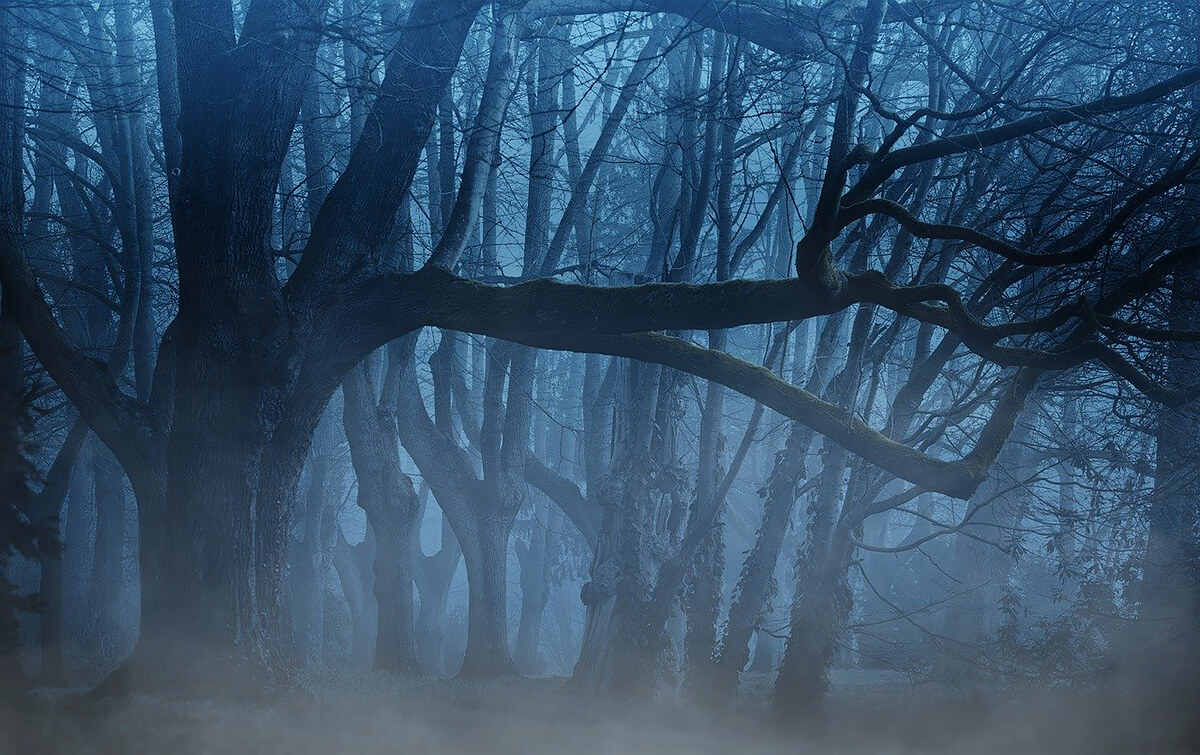If you're here, it means that you're wondering about one thing -
what does ISO mean? The acronym stands for the International Organization for Standardization. It's an organization that sets the standards for the digital camera's sensitivity rating, but this is not what you came here for. Below you will find all the essential and practical information about ISO and how it can affect your photos. Without further ado, let's start.
What is ISO in photography?
ISO is one of the three main pillars of photography. It's a setting that allows you to control the brightness of a photo - the higher it is, the brighter your photo will be. Imagine that you're in a dark place, and you want to take a picture of something. Of course, it is too dark, and even though you take a photo, it will be shadowy, and you will barely be able to recognize what's on it. But, when you adjust the ISO value accordingly to the lighting conditions, the problem is solved.
ISO values
Keep in mind that the scale may be slightly different, depending on what camera you're using. The majority of cameras ISO scale range between 100 and 3200. However, the best cameras are even more advanced, and their ISO values start from 50 and can go up to 6400 or even 12800.
If you take a closer look at the exact values of the ISO scale, you might notice that there is a pattern - each subsequent amount is doubled. So, the first one is usually ISO100; and then it's 200,400,800,1600, etc. Every time you increase ISO, the camera sensitivity to light is doubled. So every next setting doubles the amount of light.
ISO and sound
At this point, you might think that it's best to keep ISO value at the highest possible level. However, this is not entirely true. Why? Because when you increase ISO, your camera sensor will group pixels together, so that it's possible to capture more light. As a result, your image will look gritty and noisy. These grains significantly lower the quality of your photos, that's why it's a much better idea to keep the camera's default ISO as low as possible.
When to use high ISO?
Keeping low ISO values allows you to make better quality pictures. Whenever it's possible, you should leave the default value. However, there are certain situations when it's necessary to change it, and that's where the problem begins.
One example of such a situation is when you try to take a picture of somebody or something in motion. Oftentimes these pictures will be of bad quality because of a motion blur. In photography, every second counts, and if you ruin the picture, there might be no second chance to take it. That's when higher ISO values might come in handy. If you are going to take a photo of something or somebody, make sure to raise ISO. The picture will be slightly more gritty, but you avoid the situation when it's completely blurred, and therefore ruined.
Sometimes trade-off is simply unavoidable. Using a higher ISO level is also recommended at night or when you're in a dark environment. If you stick to a lower level, the picture will be shadowy. In general, it's impossible to give perfect guidance for specific light conditions; it's better if you experiment a bit and find the values that work the best for you. Every situation is different, so you will have to get some experience before you are able to estimate which ISO value should be the best for each and every photo.
Auto ISO
Technology development is faster than ever before, and several years ago, the best camera producers introduced the auto ISO feature, which can make life a lot easier for you. If you don't want to be bothered with choosing specific value, turn auto ISO mode on. The camera will automatically increase or decrease the level, based on the light conditions. If you want to, there is an option to set the limits so that the camera won't exceed a certain amount. Keep in mind, though, that it's only a feature, and you might not be satisfied with the quality of the photo. Auto ISO is optional, so if you're not happy with the pictures that you take with this feature, you can switch it off.
A lot of people believe that ISO believes that it's not worth experimenting with ISO because the higher it is, the worse the quality of the photo will be. Don't be afraid to experiment. ISO is only a digital extension that cameras have, in order to make it possible for you to take a photo of better quality when lighting conditions aren't perfect. It's a feature that was created to make the job easier for you, so use it in your favor.

Image by Dorothe from Pixabay


